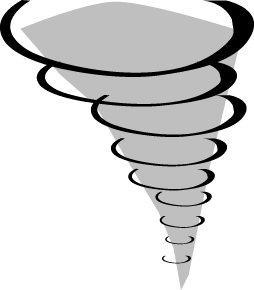Check out our White Paper Series!
A complete library of helpful advice and survival guides for every aspect of system monitoring and control.
1-800-693-0351
Have a specific question? Ask our team of expert engineers and get a specific answer!
Sign up for the next DPS Factory Training!

Whether you're new to our equipment or you've used it for years, DPS factory training is the best way to get more from your monitoring.
Reserve Your Seat Today |
Loss of commercial power is probably the most common cause of network outages. Make sure your power supply has several layers of redundancy: dual battery plants, uninterruptible power supplies, backup generators, backup fuel tanks. Test your backup power sources regularly, on a weekly or monthly basis. Monitor every layer of your backup power supply to make sure it's always available in an emergency - your final levels of defense have to be the most reliable in your system.
In too many networks, the only data path for transporting network monitoring information is the network being monitored. If the network fails, your monitoring is lost with it. You most need reliable, real-time alarm data when your revenue-generating network is down. It's an essential best practice to have an alternate data path in case the primary network fails.
 |
A lot of network outages are caused by natural disasters beyond your control - but being able to recover quickly from a disaster will have a huge impact on your average reliability rate.
Your disaster recovery plan should include:
That's just a short list - your actual recovery plan should include much more.
Once you have your plan, don't let it sit in a file drawer - drill your staff on disaster recovery procedures regularly. If the worst happens, you want your recovery to run like clockwork.